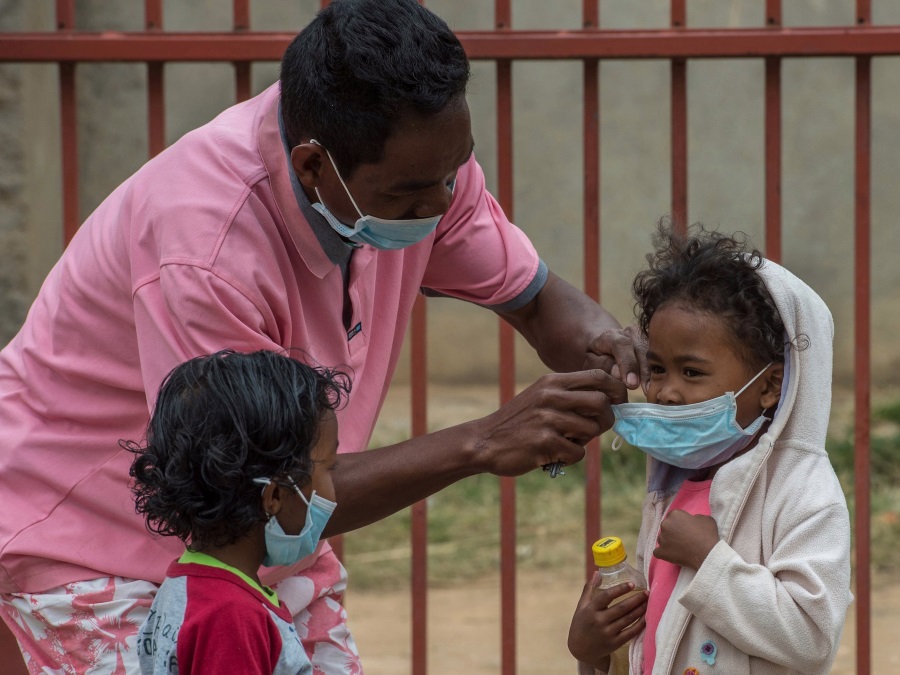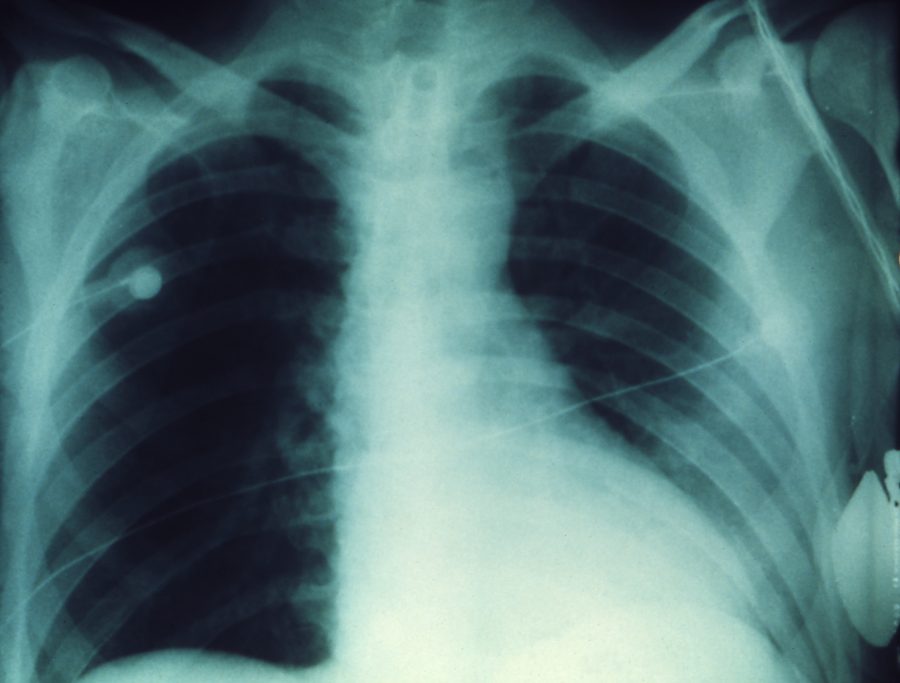Madagascar has been facing a terrible pneumonic plague outbreak since late August, and authorities still don’t know how to slow it down. Today, health officials made public that the number of deaths has risen to 57 and that there are at least 680 cases of people infected with the virus.
The disease is so deadly; doctors don’t estimate high chances of survival once the person is infected. In fact, those patients who do not seek for immediate attention and treatment, have all the chances to die in the following hours.

The last time that officials discussed the outbreak was on October 12. According to them, around 329 infected people and 25 deaths were reported just in the capital Antananarivo. However, the disease has spread across all the nation-island, where public gatherings were banned, and schools canceled.
Health officials from the World Health Organization (WHO) said that same day that, from the 684 total of cases, 474 were the pneumonic plague, 156 bubonic and one septicemic plague. A further 54 deaths were unspecified. Of Madagascar’s 114 districts, 35 have reported cases, including at least ten cities.
Both numbers of deaths and infected people were informed by WHO and the National Bureau for Risk and Disaster Management (BNGRC) – the latter included reported and non-reported cases. However, some doctors assure that both numbers could be even higher than those estimated by the organization.
The outbreak led many airlines to stop offering their services until everything goes back to normal.
“Air Seychelles flights to-from Madagascar were stopped from 8 October to reduce likelihood of further importation of cases from Madagascar,” the WHO said without recommending any restrictions on travel or trade. “The risk of further spread in the Seychelles (should the case be confirmed) is considered as low and the overall regional and global risk levels as very low.”
Madagascar’s facing its most deadly plague outbreak in years
On Wednesday, Madagascar’s minister of public health gathered doctors in the primary state hospital’s auditorium and said that the situation was so critical, none of them was allowed to go on vacation.
WHO was criticized for how long it took to intervene in West Africa during the 2014 Ebola epidemic. This year, global health officials responded quicker: they donated $1.5 million and sent plague specialists and epidemiologists. This is the first time that the Red Cross sent plague treatment centers to Madagascar.
Although pneumonic plague outbreaks are frequent in the island, with an estimated 400 cases of plague each year, this time is worse than ever – at least since decades ago, Madagascar’s government said. For the first time, the disease is concentrated mainly in Antananarivo and Toamasina, the country’s two largest cities.
In fact, health officials reported that the outbreak started even earlier this year, with more areas affected than usual – including cities and camps.
Madagascar plague cases are also more than half of the world’s total, according to a 2016 World Health Organization report.
A few chances to survive
The infection is caused by the bacteria Yersinia pestis, usually found in rats and transmitted through fleas’ bites. According to WHO, it can also be spread by humans through coughing or sneezing.
After seven days of incubation, the person starts feeling the symptoms. It can develop two different types of plague infection: bubonic and pneumonic. The first one is the most common, infecting hundreds in Madagascar.
People suffering from bubonic plague tends to present painful swollen lymph nodes or “buboes,” as well as fever, chills, and coughing.
There’s treatment based on antibiotic for people suffering from both forms of plague. Doctors estimate between 30 and 60 percent of chances to die if a person is treated immediately. But if left untreated, the person may die within the first 12 to 24 hours.

The International Federation of the Red Cross (IFRC) informed last week that public schools closed and that the government forbade public gatherings at late hours. It also said that authorities were provided with resources to decontaminate public places infected with fleas and rodents.
Health officials have also granted people with medications and protection – like face masks and gloves.
The outbreak reached other countries
Neighbor countries are also alarmed due to the plague outbreak. Dr. Jude Gedeon, a public health commissioner from Seychellois, said that a man arrived from Madagascar to the country infected with the disease. The 34-year-old man was successfully treated in his own country and presents no symptoms anymore.
Another case of a 49-year-old basketball coach from Seychellois was also publicly known. Unfortunately, he died last month in Antananarivo. He was in the country with his team for a tournament. This one, like many others cases, led officials to forbid the entrance to the country for everyone who has visited Madagascar first.
Seychelles authorities also said that schools would be closed across the country starting on Tuesday.
Source: CNN
